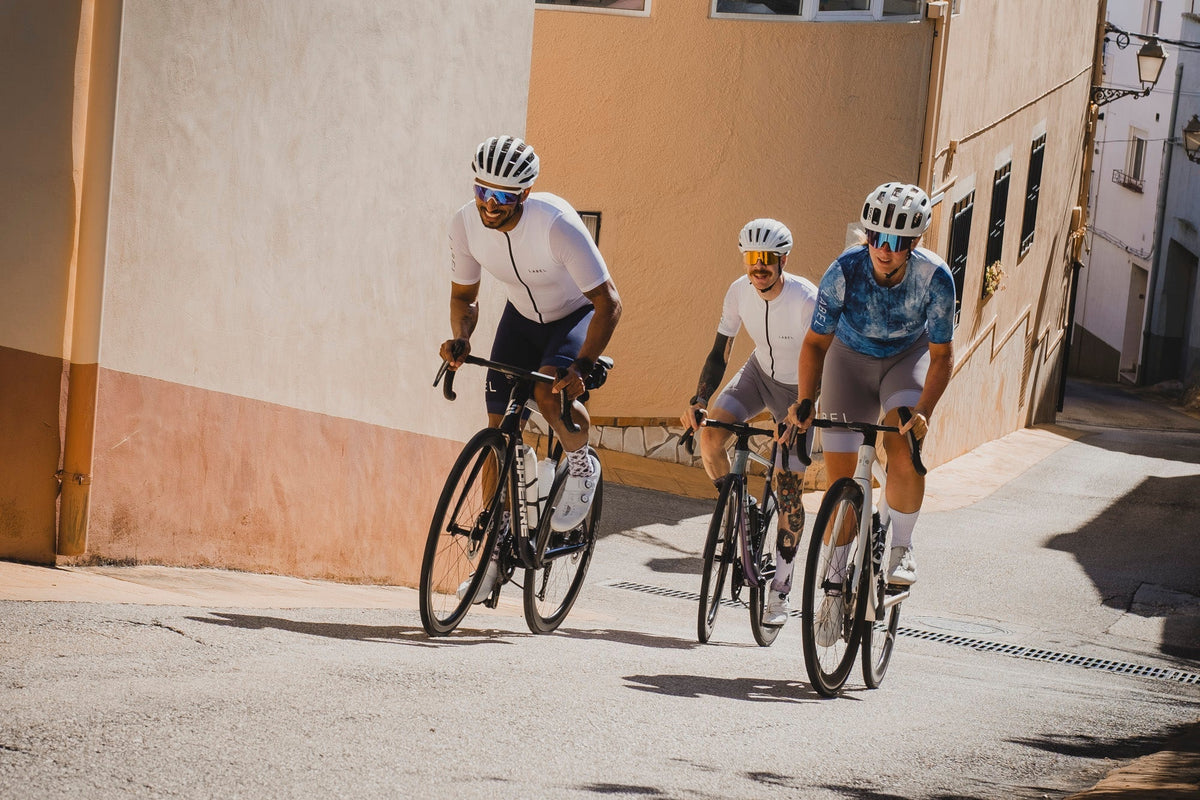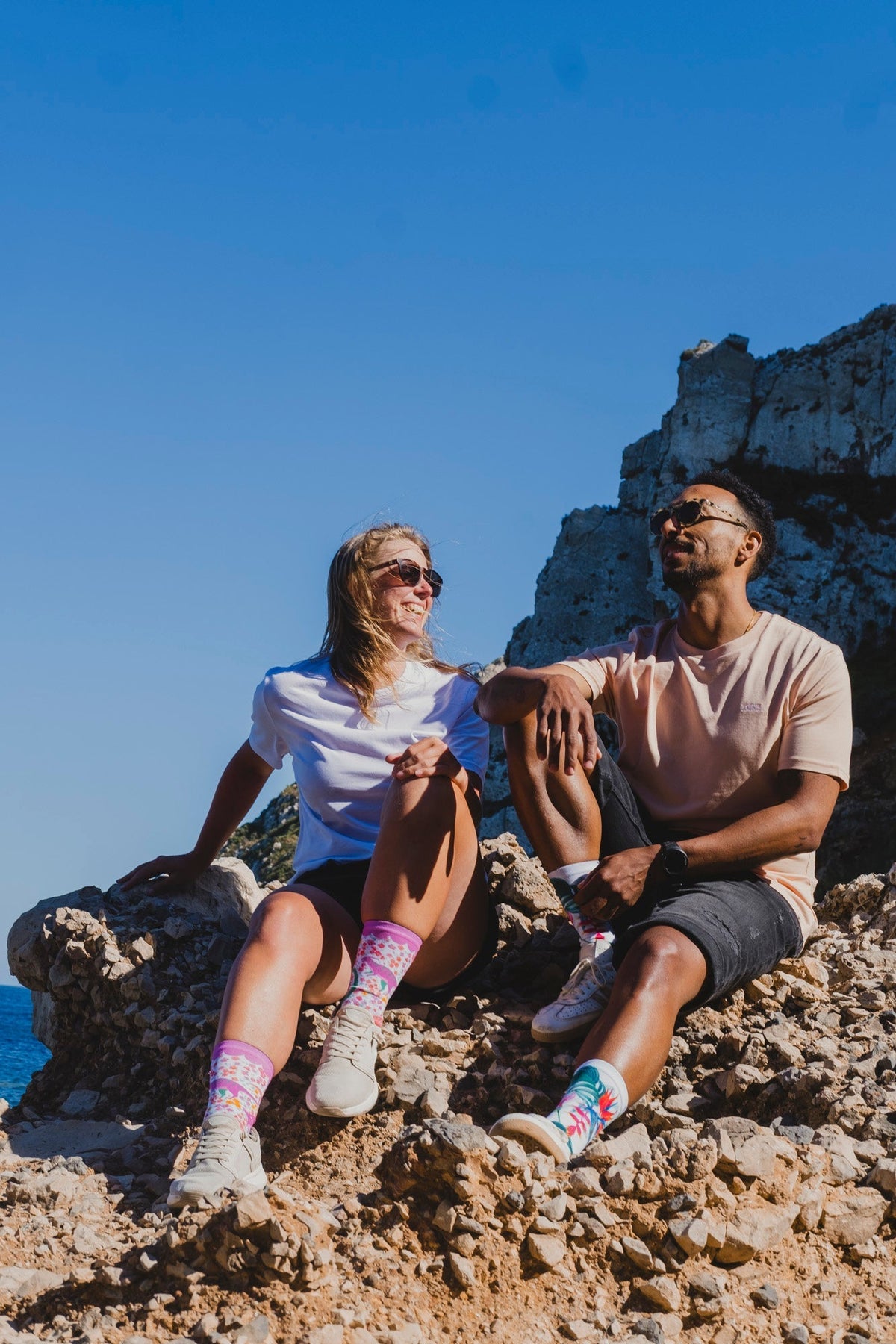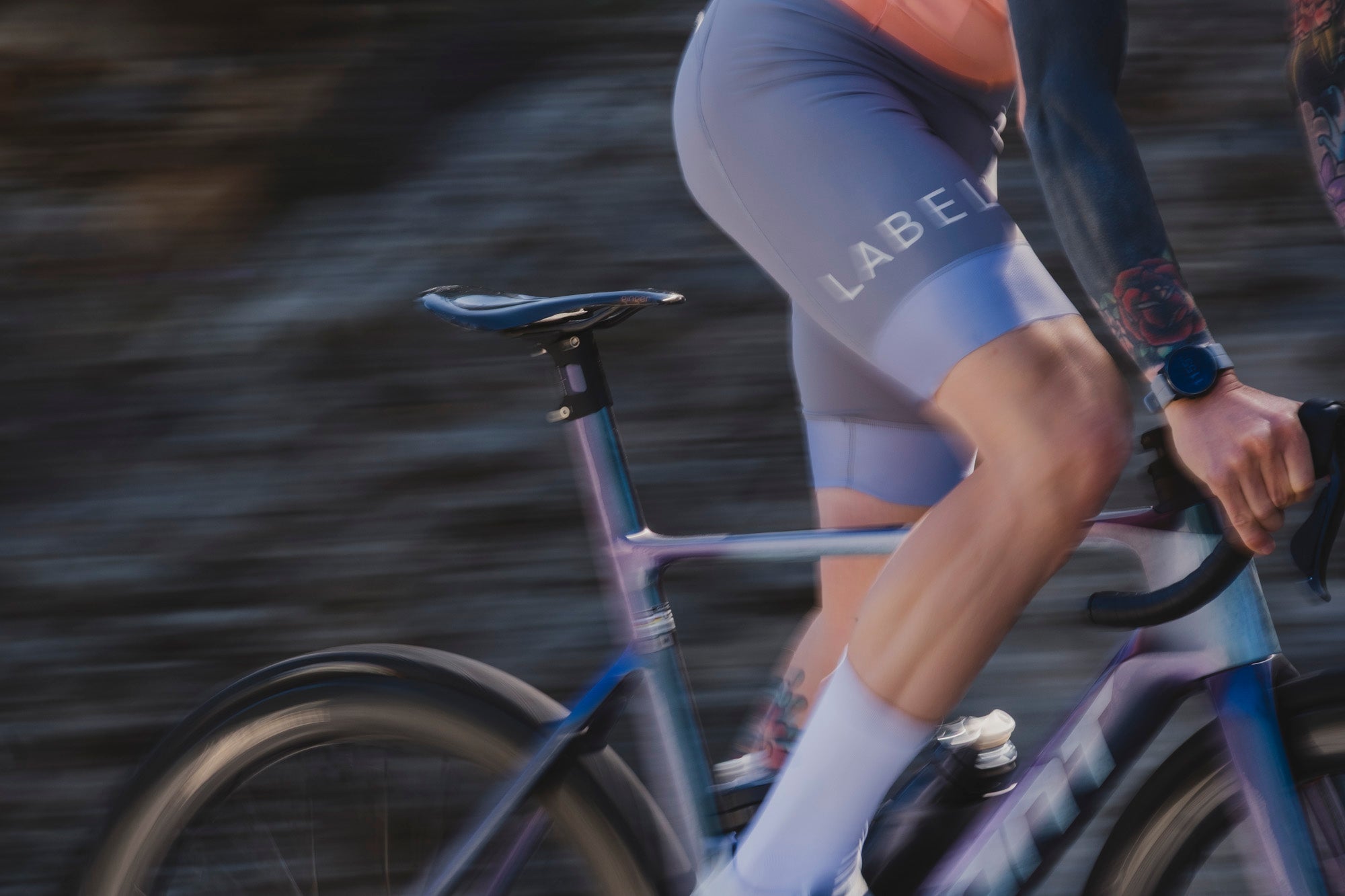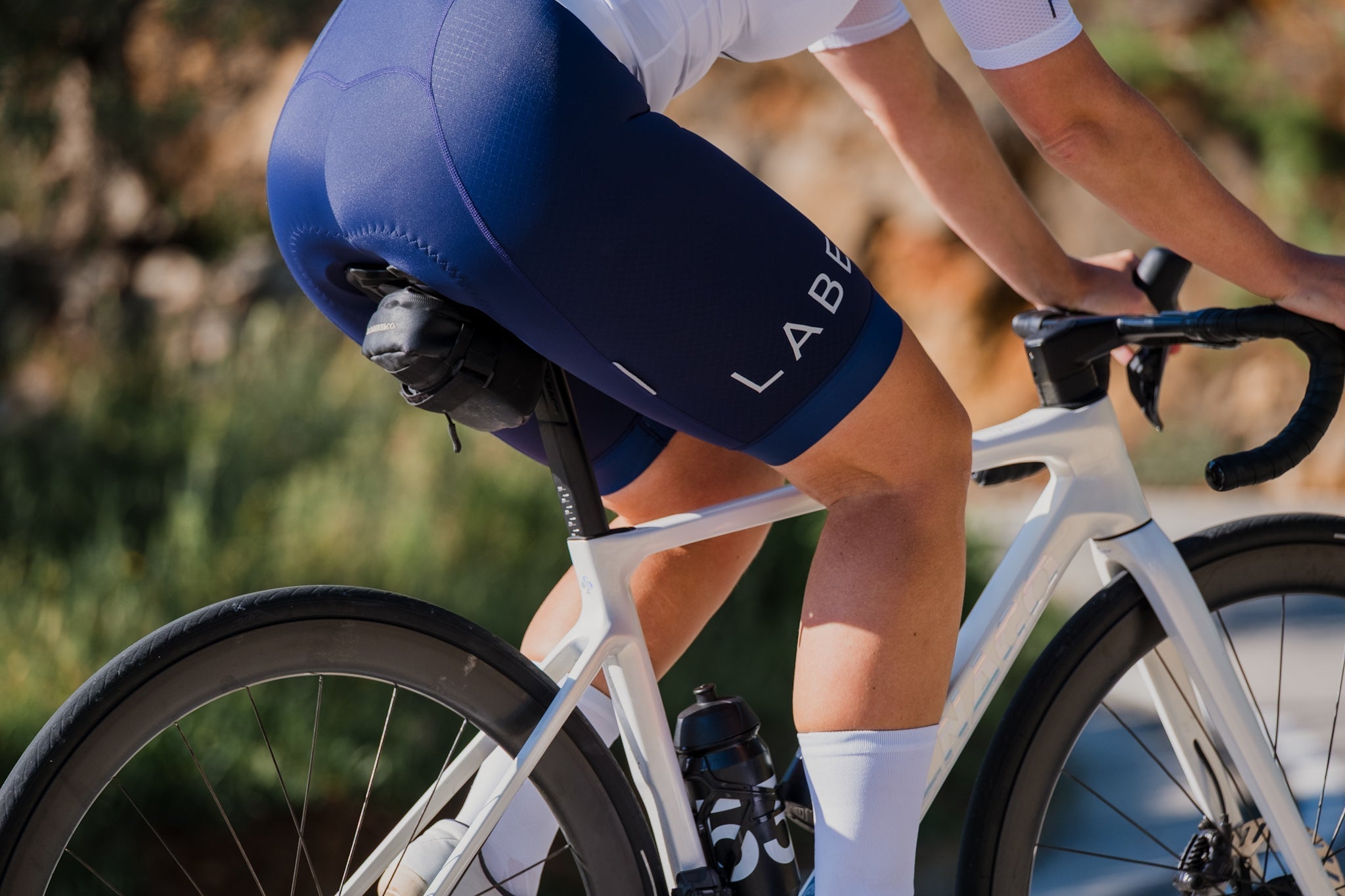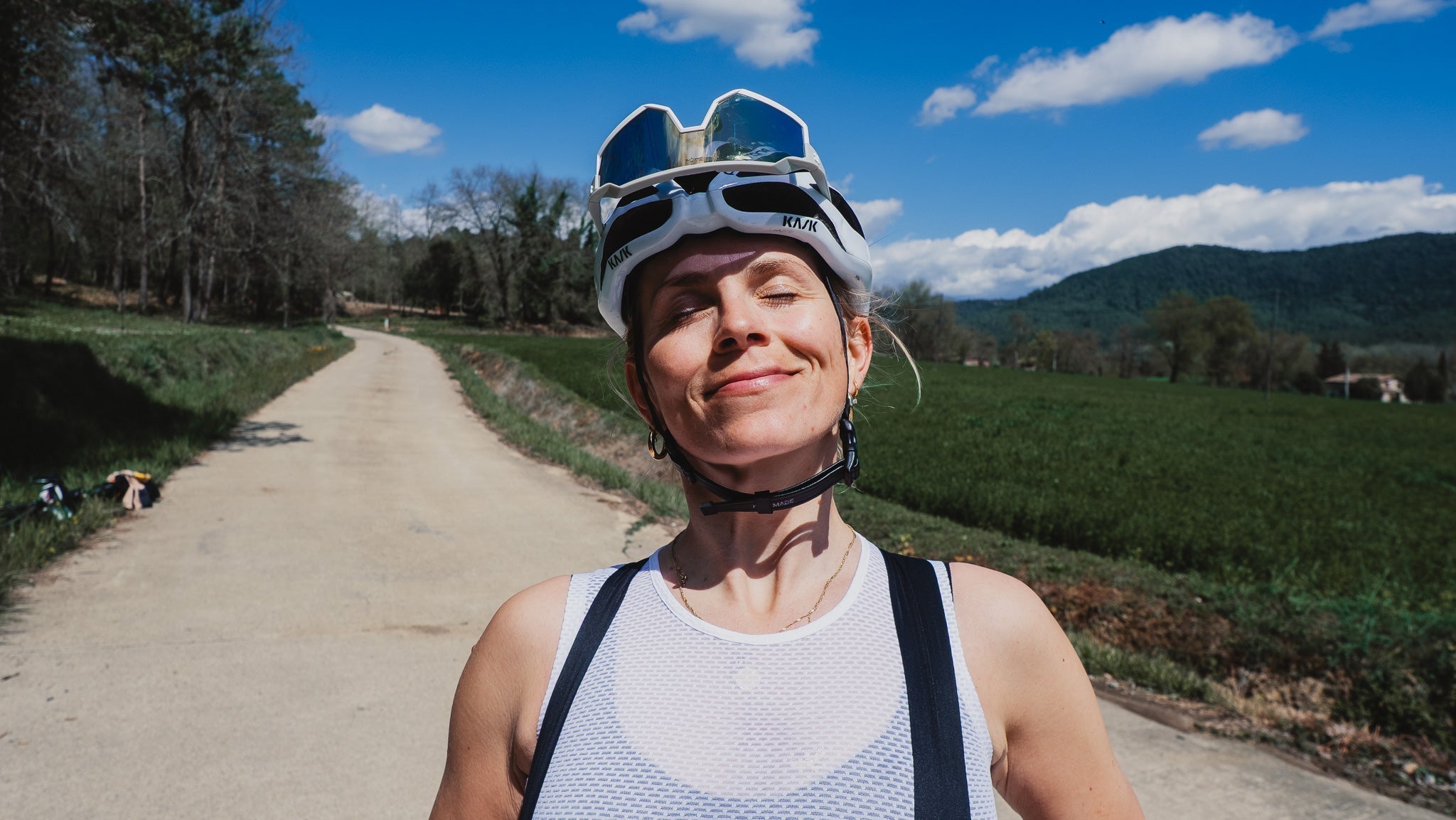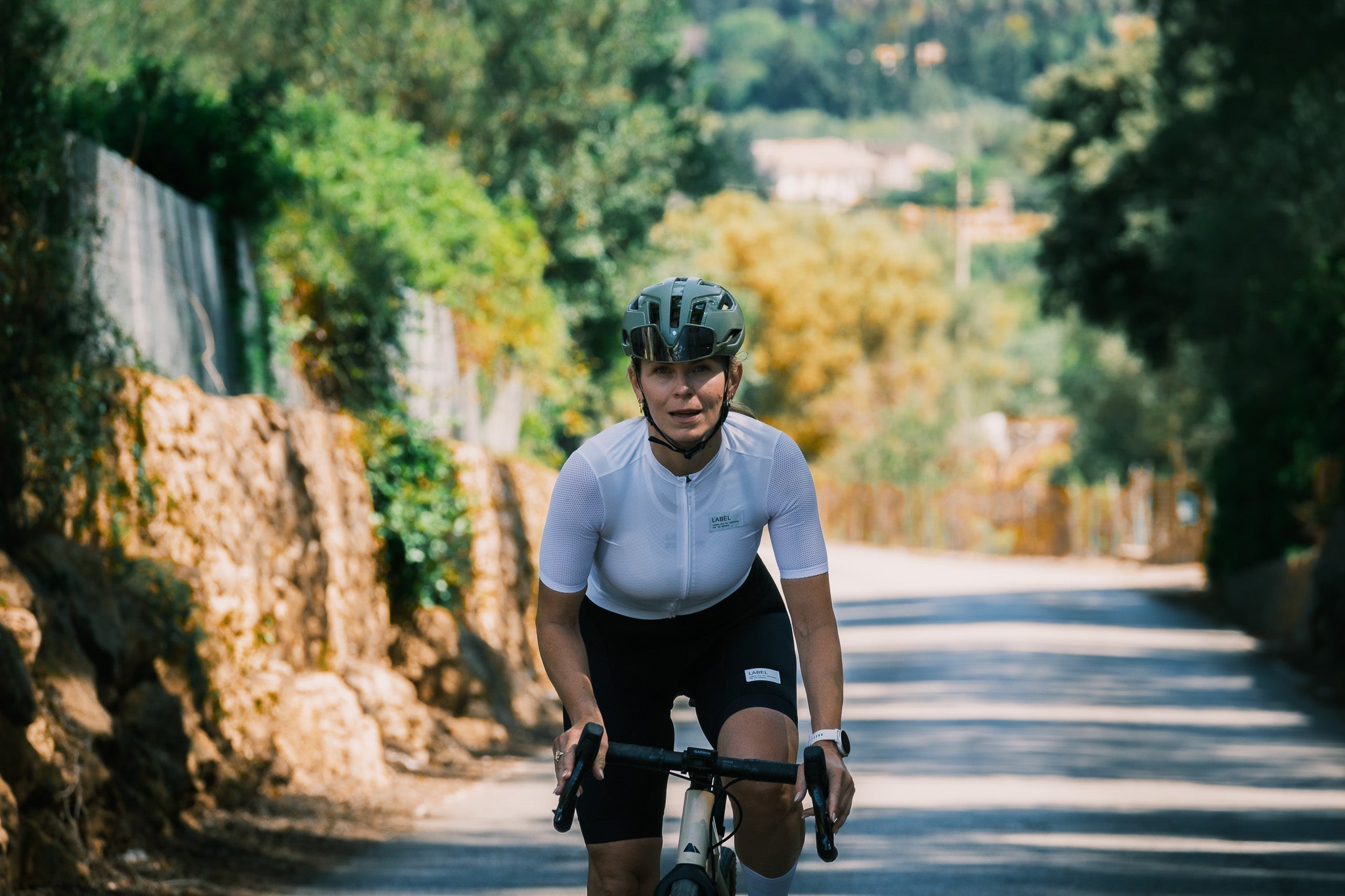
Closing the Gap: Building a More Inclusive and Diverse Cycling Community
It’s no secret that cycling is an overwhelmingly male-dominated sport. When you're a woman or part of a diverse community out riding, the reality is that most of those you encounter are men. While the cycling world is evolving, the question remains: is it changing fast enough?
Understanding the Gender and Diversity Gap in Cycling
The gender disparity in cycling is undeniable. Women and members of the LGBTQ+ community represent only a small fraction of cyclists. Though the numbers are gradually increasing—especially in the vibrant and supportive cycling community—the pace of change remains slow. Contributing factors include safety concerns, societal perceptions, and a lack of representation that reinforces this disparity.
Why Representation in Cycling Matters
Representation is vital. For beginners, stepping into a predominantly male sport can feel daunting, particularly for women and members of the LGBTQ+ community. Seeing others who share their identity out on the road or trails can inspire newcomers and help normalize their presence in the sport.
It’s up to all of us to welcome new riders with open arms and guide them as others once guided us. After all, every experienced cyclist was once a beginner.
Building an Inclusive Cycling Future
Addressing the gender and diversity gap in cycling requires a multi-faceted approach. Here are the steps we’re committed to as part of our values:
-
Increase Representation
- Support female and LGBTQ+ cycling groups and events to create a sense of community and belonging.
- Highlight and celebrate diverse cyclists in the media and on social platforms to provide visible role models for aspiring cyclists.
-
Create Inclusive Spaces
- Develop programs and workshops tailored to the specific concerns and needs of women, diverse groups, and LGBTQ+ communities.
- Foster a welcoming and supportive environment where everyone feels encouraged and confident to ride.
-
Policy and Advocacy
- Advocate for cycling infrastructure policies that prioritize safety and address the unique needs of female and diverse cyclists.
- Collaborate with organizations and cycling brands to promote initiatives that make cycling more accessible and inclusive for all.
The Road Ahead
Cycling has a problem—but it’s a problem we can work to solve. While we know the road to inclusivity won’t be easy or quick, each step we take contributes to making cycling a better space for everyone. By addressing key concerns, improving representation, and fostering inclusive environments, we can build a cycling community where everyone feels confident and excited to participate.
Why Inclusion Benefits Everyone
Encouraging more people to cycle isn’t just about closing the gap; it’s about improving the sport for all. A more inclusive cycling world means better policies, stronger communities, and richer experiences for everyone. Together, we can move forward and create a future where everyone belongs on a bike.
Shop our collections
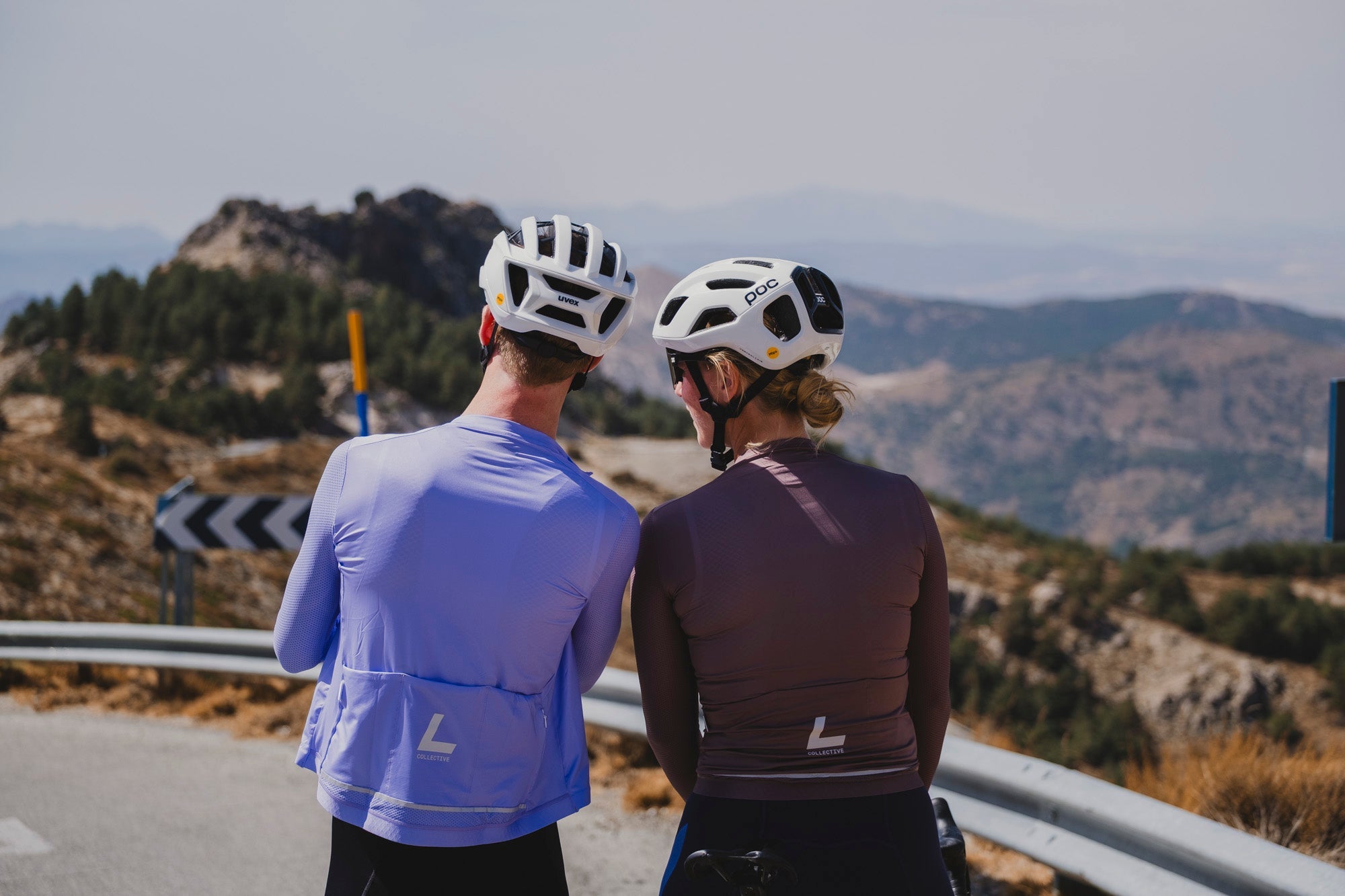
Jerseys
